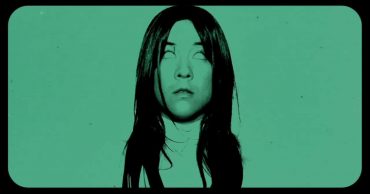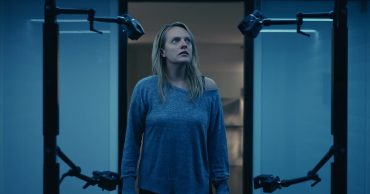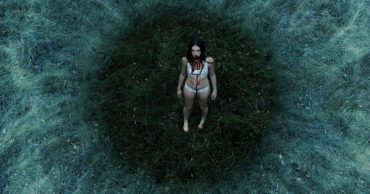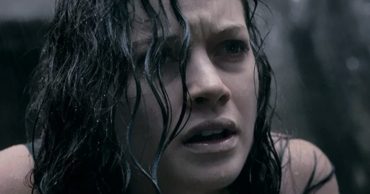Megan Is Missing is an American psychological horror film. It was shot as found footage and was released on 3 May 2011. The movie tells the story of two teenage girls who go missing after meeting someone online. The film is written and directed by Michael Goi.
The film was very controversial upon release because of the graphic and disturbing scenes involving sexual violence. Several parts of the film were based on real-life events, including some graphic photos. The use of real-life tragedies as a basis for the story has also been heavily criticized.
Overview Of Megan Is Missing
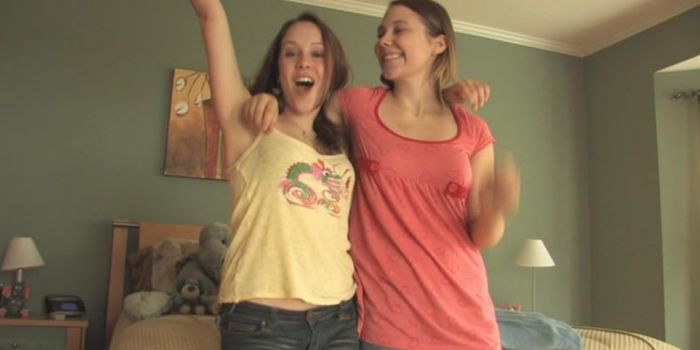
Megan Is Missing follows the story of two teenage girls, Megan Stewart and Amy Herman. The girls, who are best friends, go missing after meeting someone online in 2007. To bring awareness to the importance of online safety, investigators use footage from web chats, home movies, and news reports to recount their disappearance.
Most of the film is presented through the lens of a camcorder and webcam recordings. Megan Stewart is a popular and outgoing high school student while her best friend, Amy Herman, is more introverted and reserved. However, it is revealed that Megan has a dysfunctional family while Amy does not. Megan starts chatting with a stranger online named Josh and becomes obsessed with him. Believing that they have a connection, she shares intimate and personal information with him. Amy feels left out as a result of Megan getting closer to Josh, but Megan introduces her to him.
However, Megan’s online relationship with Josh turns tragic when he pressures her to meet him in person. After Megan goes missing, Amy starts an investigation into her disappearance. As Amy investigates further, she discovers disturbing content and realizes the danger of online predators. However, her search leads to a shocking and disturbing ending.
Context Of The Photos Within The Movie
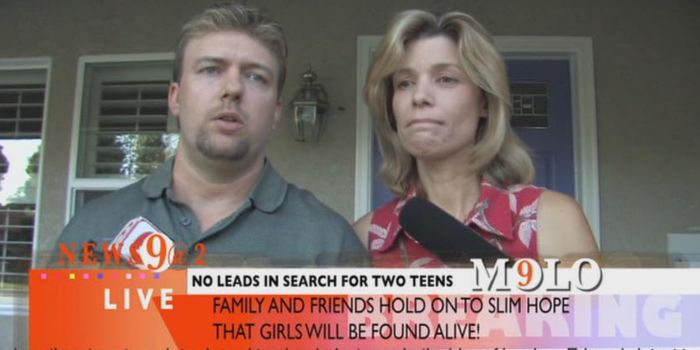
A significant subplot in the movie is the use of mostly graphic photos. While trying to gain her trust, Josh and Megan exchange personal information and photos. After Megan goes missing, graphic photos of her begin to circulate online. These graphic photos of Megan are what confirm that she has been abducted. The photos were also released after Amy had started her investigation. She had also begun to talk with Josh online and was suspecting him of being responsible for the kidnapping.
Reactions To The Photos
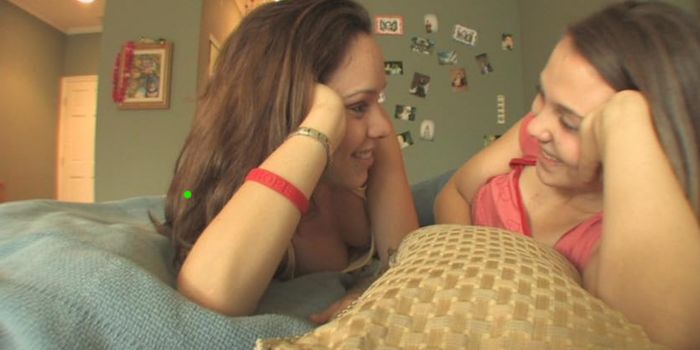
The graphic photos used in the film were based on real-life photos. The photos show Megan wearing a torture device. Rachel Quinn who portrays Megan had to actually wear the device, and she has described it as the worst part of filming. Quinn had asked Michael Goi to show her the real-life photos the scene was based on and this caused her to break down in tears. The reaction of audiences and critics to the photos has also been one of shock. Several critics note that once the photos were shown, the tone of the film took a dark turn.
Director’s Warning About The Disturbing Content

In November 2020, almost a decade after it was released, Megan Is Missing went viral on TikTok. This caused a resurgence in viewership. Since its release, TikTok remains the platform with its largest audience.
As a result of this new explosion in awareness and viewership of the film, Michael Goi released a trigger warning for viewers. He listed several warnings including: “Do not watch the movie in the middle of the night. Do not watch the movie alone”. He also added: “If you see the words ‘photo number one’ pop up on your screen, you have about four seconds to shut off the movie if you’re already kind of freaking out before you start seeing things that maybe you don’t want to see.”
Expert Opinions On The Film’s Portrayal Of Violence
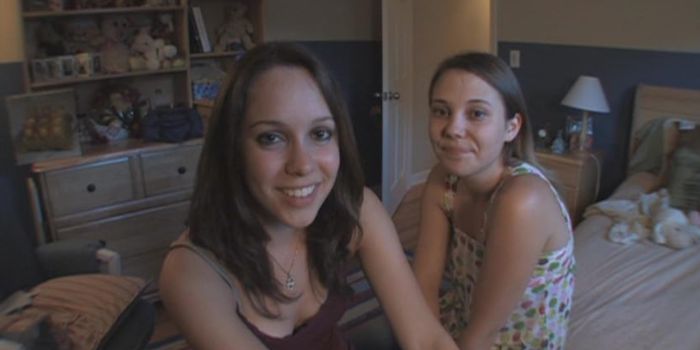
Megan Is Missing has been heavily criticized for its graphic portrayal of violence. Although Michael Goi has said that he made the film as a “wake-up call” to parents, most of the viewers who have gone on to discover the film have been children. However, some critics have admitted that the film has succeeded in having an impact.
The first half of the film has been noted to have been enough to get its message across, but the second half has been characterized as going overboard. The film has also been banned in New Zealand for its depiction of violence. The New Zealand Office of Film and Literature Classification found the film to be objectionable.
 Follow Us
Follow Us
